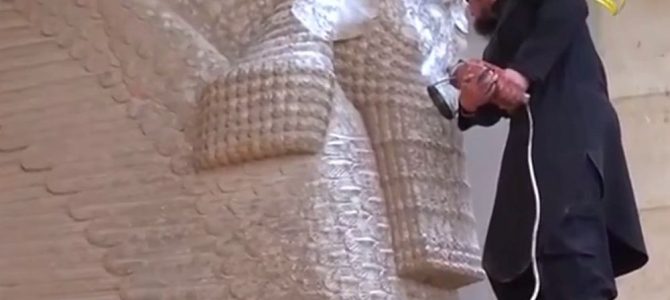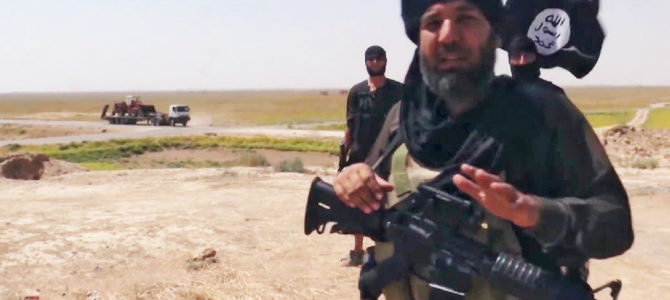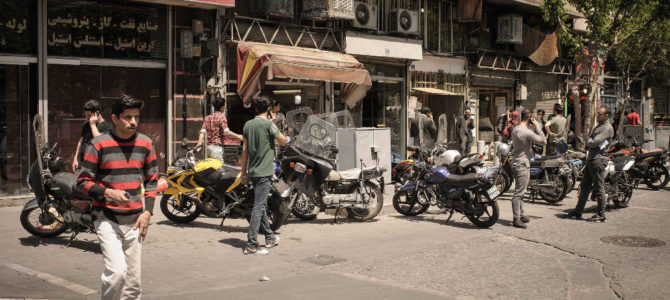Two Italian mafia networks are trading ISIS black-market weapons from Russia to obtain antiquities the terrorists are looting from the Middle East, according to an Italian newspaper.
Domenico Quirico, a La Stampa journalist, posed as an antiquities collector to infiltrate the [mafia]-controlled trade near Naples. He was offered the head of a purportedly Roman statue from the second century for €60,000 and saw photographs of a figure of a Greek god on sale for €1m. The traffickers were also selling objects looted from necropolises in Italy, Quirico writes. Their clients are based in Russia, China, Japan and the United Arab Emirates.
ISIS seems to be fueling itself by, among other things, selling historical treasures through black markets that also traffic in drugs, weapons, and people.
“We’re faced with the largest-scale mass destruction of cultural heritage since the Second World War,” France Desmarais of the International Council of Museums told The New York Times in January.
That means widely viewed videos displaying ISIS’s acts of cultural destruction are likely propagandistic cover meant to portray ISIS as more religiously pure than they actually are. Many of the objects destroyed on a well-publicized ISIS propaganda video from last year were actually plaster reproductions, for example. In truth, it appears ISIS would rather sell than purge “infidel” works. This suggests money and power means more to ISIS leaders than the religious purity they sell to potential recruits.
Further evidence of this conjecture: recovery of ISIS-trafficked cultural objects seems to have a good success rate. After Syrian and Russian forces recaptured the city of Palmyra, a UNESCO World Heritage site, from ISIS in March, archaeologists from across the world have banded together to recover ancient artifacts ISIS is known to desecrate and destroy. Syria’s antiquities chief, Maamoun Abdulkarim, says they’ve so far recovered 90 percent of the city’s ancient artifacts. UNESCO, which denounced ISIS’s destruction in Palmyra as a war crime, describes the importance of the site:
An oasis in the Syrian desert, north-east of Damascus, Palmyra contains the monumental ruins of a great city that was one of the most important cultural centres of the ancient world. From the 1st to the 2nd century, the art and architecture of Palmyra, standing at the crossroads of several civilizations, married Graeco-Roman techniques with local traditions and Persian influences.
Last August, while they held Palmyra, ISIS militants beheaded 83-year-old Khaled al-Asaad, reportedly for refusing to tell them where to find artifacts from Syria’s most important archaeological site before ISIS took the city. Asaad’s son told The New York Times his father had refused to flee the city as ISIS approached—he thought ISIS would not harm him, since he was “innocent” and an old man.
Between 400 and 500 rescued ancient statues are now in Damascus awaiting restoration, many from Palmyra. While ISIS adherents have also beheaded many of these statues, they’re otherwise in surprisingly good condition, Abdulkarim told The Art Newspaper.
Earlier raids of these smuggling operations in Syria and Lebanon have found that 70 percent of the trafficked antiquities are fakes. Just in case we all needed another reason to never trust a terrorist or Mafioso.
H/T Micah Mattix









